Creating a safe and engaging play area for your hamster is essential for their physical and mental well-being. As a hamster owner, I understand the importance of providing a secure and stimulating environment for these small pets. By following a few simple steps, you can ensure that your hamster has a safe and fun play area to enjoy.
When it comes to creating a play area for your hamster, safety is a top priority. It’s crucial to choose materials that are safe and suitable for your hamster’s needs. Avoid materials that your hamster can chew or climb, such as cardboard or wired cages. Instead, opt for corrugated plastic or a large plastic container with high sides. These materials are safe, easy to clean, and provide a secure space for your hamster to explore.
Setting up the playpen properly is key to creating a fun and engaging space for your hamster. Start by flattening cardboard boxes and removing the lids to create long strips of cardboard. Cut slots in each strip to connect them and form the pen’s borders. Place the pen on a hard floor surface and sweep it clean. Fill the pen with your hamster’s favorite toys, such as tubes, dens, and plastic balls. You can even create additional rooms using tissue boxes or folded cardboard flaps.
Adding enrichment to the playpen will further enhance your hamster’s playtime experience. Include multiple levels, such as smaller boxes or cans, for your hamster to explore. Place toys, such as toilet paper or paper towel tubes, inside the pen for your hamster to play with. You can also create food puzzles by hiding treats around the playpen or building a maze with a food reward at the end. Don’t forget to provide a water bowl for your hamster to stay hydrated during playtime.
While your hamster is enjoying their playpen, it’s important to supervise them to ensure their safety. Keep the playpen in a secure area away from cats, dogs, and small children. Wash your hands before and after handling your hamster to prevent the spread of germs. Remove any sharp objects or potential hazards from the playpen. Provide hiding places and keep an eye on your hamster’s body language to ensure they feel secure and comfortable.
In conclusion, creating a safe and fun play area for your hamster is a rewarding experience that will enhance their quality of life. By choosing the right materials, setting up the playpen correctly, adding enrichment, and supervising playtime, you can ensure your hamster has a secure and stimulating environment. Prioritize your hamster’s safety and well-being at all times, and watch as they enjoy their new play area.
Key Takeaways:
- Choose safe materials such as corrugated plastic or a large plastic container with high sides for your hamster’s playpen.
- Set up the playpen by connecting cardboard strips and filling it with your hamster’s favorite toys.
- Enrich the playpen with multiple levels, toys, and food puzzles to provide mental stimulation for your hamster.
- Supervise your hamster during playtime and ensure the playpen is in a secure area away from potential hazards.
- Prioritize your hamster’s safety and well-being at all times while they enjoy their play area.
Choosing the Right Materials for Your Hamster’s Playpen
When creating a playpen for your hamster, it’s important to choose the right materials. The playpen materials for hamsters should be safe and provide a secure environment for your furry friend to play and explore. Avoid using materials that your hamster can chew or climb, such as cardboard or wired cages. These materials can pose a risk to your hamster’s safety.
Instead, consider using the following materials for your hamster’s play area:
| Materials | Advantages |
|---|---|
| Corrugated Plastic | Safe for hamsters to chew on, durable, and easy to clean. |
| Large Plastic Container with High Sides | Provides a secure space, prevents escape, and allows for easy visibility. |
By using these playpen materials for hamsters, you can ensure that your hamster has a safe and enjoyable play area. These materials are also easy to maintain and keep clean, promoting a hygienic environment for your pet.
Setting Up the Playpen
Before introducing your hamster to the playpen, it’s important to set it up properly. Follow these steps to create a safe and engaging play area for your furry friend:
- Flatten cardboard boxes and remove the lids to create long strips of cardboard.
- Cut slots in each strip to connect them and form the pen’s borders.
- Place the pen on a hard floor surface and sweep it clean.
- Fill the pen with your hamster’s favorite toys such as tubes, dens, and plastic balls.
- Create additional rooms using tissue boxes or folded cardboard flaps.
By arranging the playpen with these steps, your hamster will have a secure and stimulating environment to explore and play in.
Example for Arranging Toys in the Playpen:
| Toys | Description |
|---|---|
| Tubes | Provide tunnels for your hamster to crawl through. |
| Dens | Create cozy spaces for your hamster to rest and hide in. |
| Plastic Balls | Offer exercise and entertainment as your hamster rolls them around. |
By arranging a variety of toys in the playpen, you can ensure your hamster has different activities to engage with and keep them entertained.
Adding Enrichment to the Playpen
When it comes to creating a stimulating and enjoyable play area for your hamster, enrichment is key. Providing various forms of mental stimulation and activities will keep your furry friend engaged and happy. Here are some ideas for adding enrichment to your hamster’s playpen:
1. Multiple Levels for Exploration
Include different levels, such as smaller boxes or empty cans, in the playpen. By adding these elevated spaces, you create opportunities for your hamster to climb, explore, and exercise their natural instincts.
2. Interactive Toys
Place toys that can capture your hamster’s attention and provide entertainment inside the playpen. Items such as toilet paper or paper towel tubes can serve as tunnels and encourage playful behavior.
3. Food Puzzles
Create food puzzles by hiding treats around the playpen or building a maze with a food reward at the end. This not only gives your hamster a mental challenge but also mimics their natural foraging behavior.
4. Hydration Station
Ensure your hamster stays hydrated during playtime by providing a water bowl within the playpen. This will allow them to quench their thirst and stay refreshed while exploring and playing.
Remember to rotate toys and add new forms of enrichment regularly to keep your hamster’s playpen engaging and exciting. By incorporating these ideas, you can create a dynamic and enriching environment for your hamster’s playtime adventures.
Incorporating various forms of enrichment in your hamster’s playpen can provide both mental stimulation and physical activity. By adding multiple levels, interactive toys, food puzzles, and a water bowl, you can create a play area that encourages natural behaviors and keeps your hamster entertained. Keep in mind that regular rotation of toys and enrichment items is important to prevent boredom. With these enriching elements, your hamster will have a happy and fulfilling playtime experience.
Supervising and Ensuring Safety
Ensuring the safety of your hamster during playtime is crucial to prevent accidents or injuries. Here are some important safety precautions to keep in mind:
- Always supervise your hamster while they are in the playpen. This allows you to react quickly if they encounter any dangers or attempt to escape.
- Keep the playpen in a secure area away from cats, dogs, and small children. These animals may view your hamster as prey or play too rough, causing harm.
- Wash your hands before and after handling your hamster to prevent the spread of germs. This ensures that both you and your pet stay healthy.
- Remove any sharp objects or potential hazards from the playpen. This includes small pieces of plastic, wires, or other potential choking or injury hazards.
- Provide hiding places within the playpen. Your hamster should have a safe spot to retreat to if they feel overwhelmed or scared.
Observing your hamster’s body language is another important aspect of supervising their playtime. If they appear stressed or agitated, it may be necessary to remove them from the playpen and provide them with a more calming environment.
Remember, the safety of your hamster is your responsibility. By following these safety precautions and actively supervising their playtime, you can ensure a safe and enjoyable experience for your furry friend.
Conclusion
Creating a safe and stimulating play area for your hamster is crucial for their overall well-being. By carefully considering the materials, setup, enrichment, and supervision, you can provide your furry friend with a secure and enjoyable environment.
First and foremost, choose materials that are safe and non-toxic for your hamster. Avoid using materials that can be chewed or climbed on, such as cardboard or wired cages. Instead, opt for sturdy options like corrugated plastic or a plastic container with high sides. These materials are easy to clean and provide a secure space for your hamster to explore.
When setting up the playpen, create a comfortable and engaging environment for your hamster. Flatten cardboard boxes and connect them to form the pen’s borders. Sweep the floor clean and fill the pen with your hamster’s favorite toys, such as tubes, dens, and plastic balls. You can also add extra rooms using tissue boxes or folded cardboard flaps.
Adding enrichment to the playpen is essential for your hamster’s mental stimulation. Include multiple levels for them to explore, such as smaller boxes or cans. Provide toys like toilet paper tubes for them to play with and create food puzzles by hiding treats around the playpen. Don’t forget to provide a water bowl to keep your hamster hydrated during playtime.
Safety is paramount when it comes to supervising your hamster’s playtime. Ensure that the playpen is in a secure area away from potential dangers like cats, dogs, or small children. Wash your hands before and after handling your hamster to prevent the spread of germs. Remove any sharp objects or hazards from the playpen and observe your hamster’s body language to ensure they feel safe and comfortable.
In conclusion, by following these steps and prioritizing your hamster’s safety and well-being, you can create a safe and enjoyable play area for them. A stimulating environment will not only keep your hamster physically active but also mentally engaged, enhancing their overall quality of life.
FAQ
How do I create a safe play environment for my hamster?
To create a safe play area for your hamster, choose materials that they can’t chew or climb, such as corrugated plastic or a plastic container with high sides. Avoid using cardboard or wired cages. Set up the playpen on a clean, hard floor surface and fill it with your hamster’s favorite toys. Always supervise your hamster while they are in the playpen.
What materials should I use for my hamster’s playpen?
When creating a playpen for your hamster, use materials that are safe and easy to clean. Avoid materials that your hamster can chew or climb, such as cardboard or wired cages. Opt for corrugated plastic or a large plastic container with high sides. These materials provide a secure space for your hamster to explore.
How do I set up the playpen for my hamster?
To set up the playpen for your hamster, flatten cardboard boxes and remove the lids to create long strips of cardboard. Cut slots in each strip to connect them and form the pen’s borders. Place the pen on a clean, hard floor surface. Sweep it clean before introducing your hamster. Fill the pen with your hamster’s favorite toys, such as tubes, dens, and plastic balls.
What enrichment should I add to my hamster’s playpen?
Adding enrichment to the playpen will provide your hamster with mental stimulation and encourage natural behaviors. Include multiple levels, such as smaller boxes or cans, for your hamster to explore. Place toys, such as toilet paper or paper towel tubes, inside the pen for your hamster to play with. Create food puzzles by hiding treats around the playpen or building a maze with a food reward at the end. Provide a water bowl for your hamster to stay hydrated during playtime.
How can I ensure my hamster’s safety while they are in the playpen?
Always supervise your hamster while they are in the playpen to ensure their safety. Keep the playpen in a secure area away from cats, dogs, and small children. Wash your hands before and after handling your hamster to prevent the spread of germs. Remove any sharp objects or potential hazards from the playpen. Provide hiding places and keep an eye on your hamster’s body language to ensure they feel secure and comfortable.

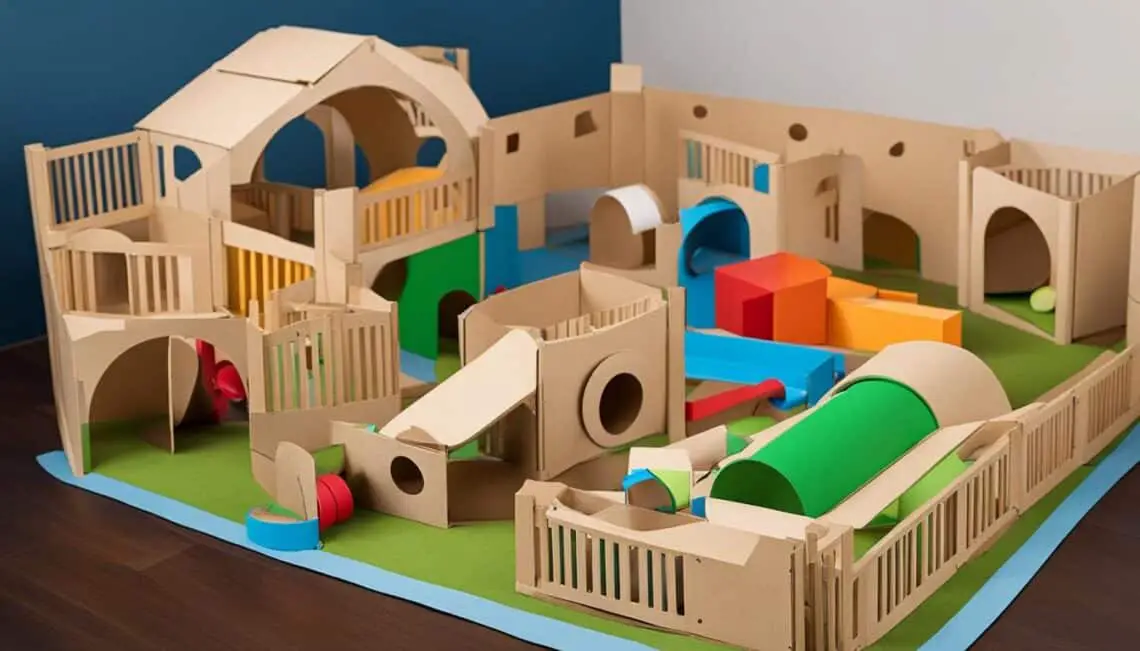
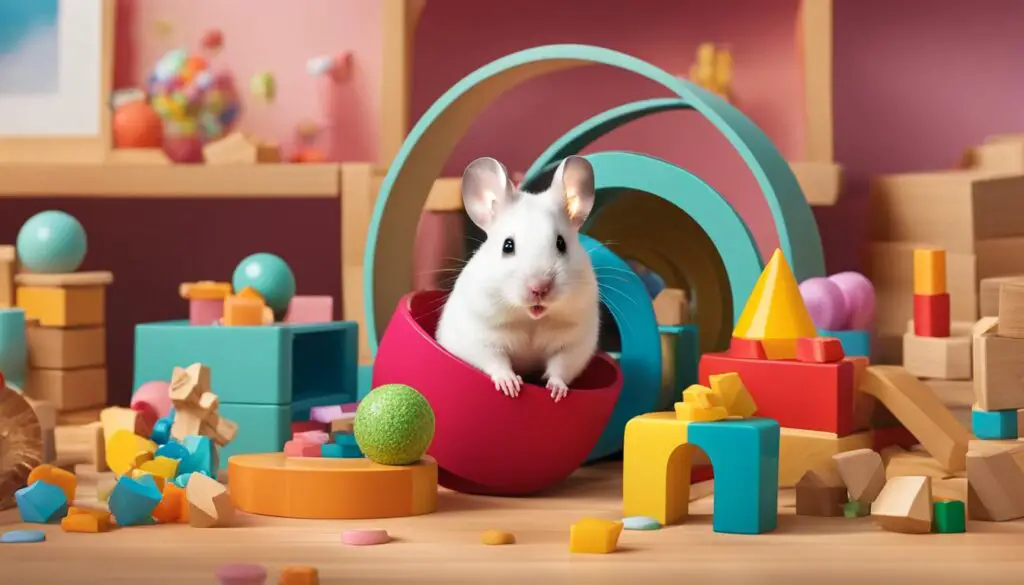
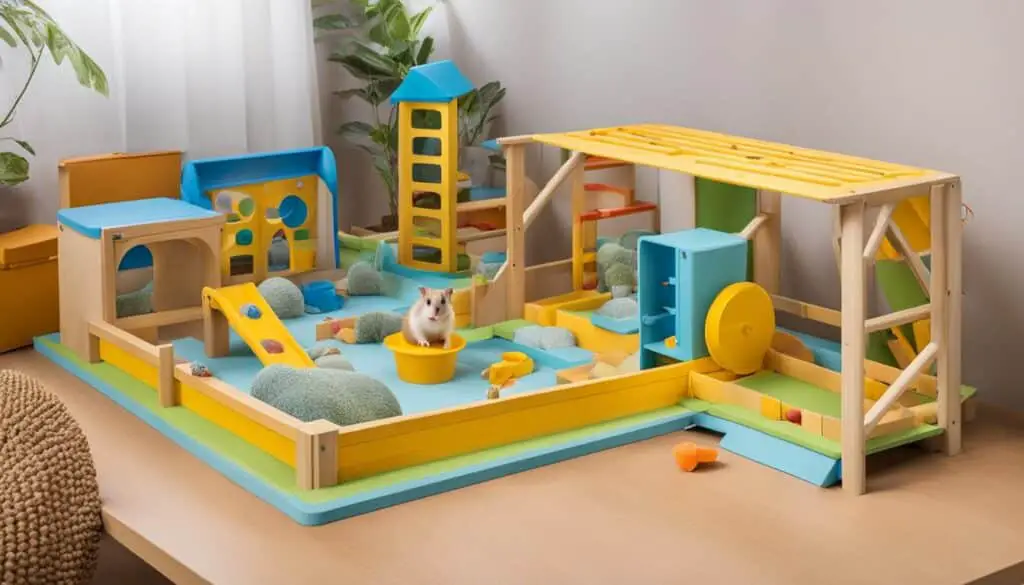
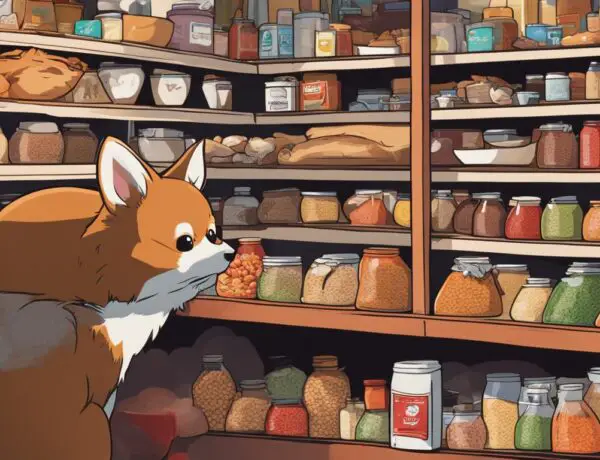

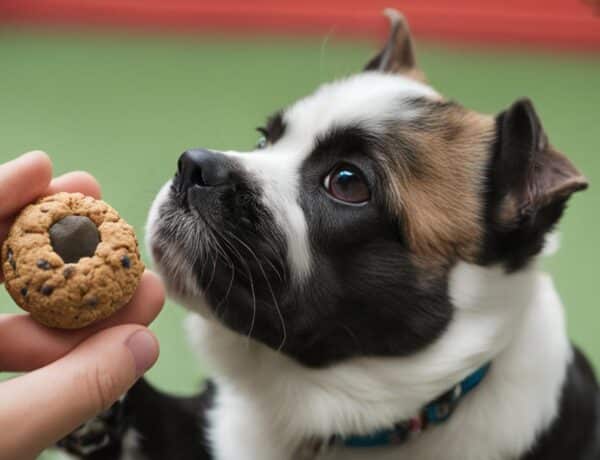
No Comments